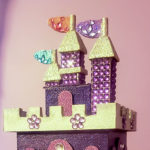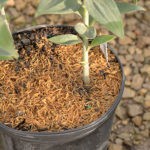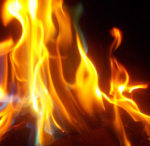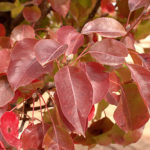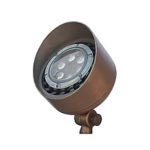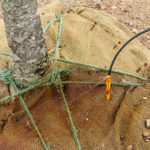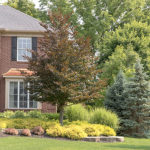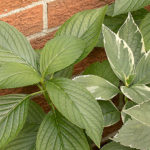Introducing… “Brutus”

Christensen’s Plant Center is very excited to welcome "Brutus" to our hard-working family. But first, let me tell you about some of our other family members.
Each one of these family members was selected to make getting your landscape material to you efficiently and professionally. There are: Betsey, Agnes, Orange Crush, Big Blue, The Twins, Red Brick, Gray Flat, Lola Ryder, and Thing 1 and Thing 2 - among others. Obviously some of us here like nicknames and in this case we have given nicknames to most of our delivery equipment.

We have three box trailers that each have drop decks and large side doors to make unloading much easier. We have five flatbed trailers designed to haul large loads of trees, shrubs and other nursery stock. We have two more flats that are designed to haul brick, wall block and other hardscape materials while toting one of our two Moffett forklift machines that we use to unload hardscape product for you on your job site.

We currently have five semi-trucks ranging from Ol’ Betsey, the matriarch of our fleet, to the Twin Freightliners, to Agnes - our first heavy hauler - and finally, our newest member, Brutus.

Brutus is a real life Michigan Special. He's a 13 speed, 18K front axle with 44K rears. 575HP with turbos that whistle when idling. Brutus is set to haul the biggest of brick loads without breaking a sweat. He’s a prefect addition to our BIG truck family.

So no matter what landscape material you need or where you need it, we have a family member to get it to you.
As a welcome to the family celebration, if you tell your salesperson that “Brutus is a Brute” we will waive the delivery charge on your next delivery. This offer is limited to one per customer and only good until 11-29-2019.
Coming soon to our family... “Axle"... Stay tuned.

